.jpg)
The manifold carst forms, caves, canyons, striking cliffs of Bükk-mountains and the rarities of its flora and fauna attract hundred thousands of visitors from year to year. The first highland national park of Hungary was established in 1977 and it currently involves 43,254 hectares of conservation area.
.jpg)
The flora of the Bükk National Park is very rich and diverse, it is rightly deserves protection and attention. There are approximately 2500 vascular plants in Hungary, 1500 of them can be found also in the Bükk National Park. 500 plants are protected in Hungary and more than 200 live in the Bükk National Park.

The presence of various plants and associations is due to several factors, thus the geological characteristics, the bedrock, the special types of soil, the climate and the usage of the land. Due to the differences in height, there are special floral zones in the Bükk National Park. While several eastern plants (like yellow pheasant's eye, paque flower, amygdala) live at the foothills, in the plateau and the northern edge of the Bükk we can find relict montane plant species (like yellow wood violet, Alpine clamatis, hemerocallis) which live only here in Hungary.

The relict plant species which lived in very small areas, got used to the changed circumstances and became independent native species. There are two special, native plant species in Bükk National Park, the strictly protected Vrabélyi hesperis and Hungarian hare's-tail grass.
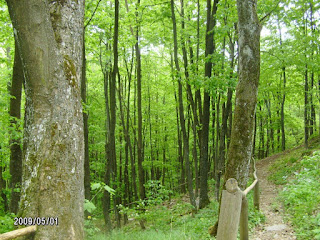.jpg)
The most common plant associations are the zonal, closed forests, with Austrian oak-oak woods in the lower zones followed by hornbeam and then beech-groves. There are other tree associations different from the before mentioned zonal forests, regarding both their species and their appearance. The difference is due to the extreme habitats, like steep slopes or rocks. These natural values of these habitats exceed those of the zonal forests.
.jpg)
Such forest associations can be found on the dry southern slopes of the mountains, (karst bush-forests, oak woods) usually with open steppe-fields and rock-lawns, rocky grasslands while the northern, cool ravine- and rock forests abound in rock-lawns with hare's-tail grass and shrubberies rich in relict plant species. As a result of earlier human interference several valuable plant associations could develop, their presence also depends on the natural agricultural activity of man. The extensive, chemicals-free gardens and orchards of the hill-foot, as well as the montane hayfield meadows of the Bükk-Plateau belong to these associations.
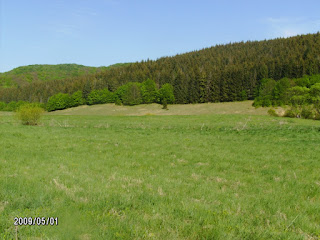.jpg)
The vertebrate fauna of the Bükk National Park and the Bükk region surrounding the mountain provides habitat for a considerable population of species richer than the Hungarian average, many being endangered in terms of their nature conservation status. The cold-wet habitat types are dominated by the Boreal, Boreo-Alpine, Alpine and Carpathian elements, while at the southern escarpments of the plateau and on the dry-warm habitats in the Southern Bükk the Sub-Mediterranean, Balkan and Continental elements are dominant. The endemic species living only in the Bükk are valuable colourful elements (e.g. Duvalius gebhardti), or the subendemic subspecies, like for instance the Erebia ssp.
.jpg)
The different fauna impacts, the variable surface forms and the vegetation developing on them made it possible for fauna rich in species to find its living conditions in the Bükk. As far as fish are concerned, the Barbus meridionalis, endemic in the Carpathian Basin, is a rare denizen of the creeks. In the alpine region of the mountain the alpine newt (Triturus alpestris), which is the most characteristic endangered amphibian, appears sporadically. Of the reptiles, only the Ablepharus kitaibelii fitzingeri, which appears only in some places of the mountain, can be pointed out. Birds are represented by approximately 100 nesting species in the area of the national park. The greatest values of the mountain are the diurnal birds of prey, which constitute a considerable part of the endangered species. The programme for the protection of the globally endangered imperial eagle (Aquila heliaca) constituting 10% of the Hungarian stock is outstanding.
.jpg)
The stock of other species being endangered all over Europe, Aquila pomarina, Circaetus gallicus, and the Falco peregrinus, is also exceptional. Tetrastes bonasia rupestris, which has an extremely reduced population, is one of the most endangered species in the National Park. The bats, representing almost all Hungarian species, need to be mentioned from among the mammals. The protection of those caves where ,bat species endangered all over Europe (e.g. Miniopterus schreibersi, Rhinolophus euryale) pass the winter and breed in large numbers has special importance. The number of over-bred ungulate big game is a considerable nature conservation problem on the area of the mountain; returning big predatory animals - wolf (Canis lupus) and lynx (Lynx lynx) - could have an important role in their regulation.
.jpg)
Forests are the most complex associations of the nature, they are indispensable values of the mankind. The forest provides raw material, food, it provides oxygen and protects the human environment, gives the opportunity of resting and recreation to the visitors. People living in the Bükk have always based their existence on the forests. Charcoal burning, potassium carbonate- and shingle-making nowadays professions. Nowadays the methods of planned forestry (plantation, soil cultivation and protection) make it possible to practise continuous intensive forest management. Most of the forests of the Bükk Mountains are natural, except the pine plantations. The Bükk National Park was founded in 1976, and since then it strives for the introduction and usage of new, natural methods of forest management. One of the most important tasks is to reduce the population of game to the natural level. In the last few years fewer pines were planted. It is the task of the National Park to prevent and avoid useless wood-cutting or wood-felling larger than 10 hectares. For centuries the forest gave building material and fuel for the neighbouring area.
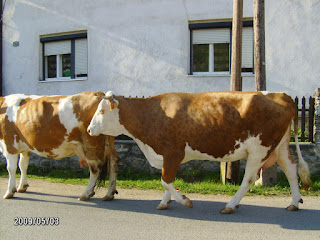.jpg)
The rebirth of nature could compensate the cut or thinned forests. Although the current situation is often very sad, as a result of the stock-breeding and grazing stabile meadows developed on the clearings of forests and became the habitats of many rare and valuable species. With the lessening of arable lands the cutting of forests started. The wood-cuttings especially effected the Tartar Maple-oak forests of the lower mountains, nowadays only a few original forest associations can be seen. Mountains in the classical sense were less affected by agriculture. The industrial revolution of the 19th century disturbed the relative ecological peace. The growing need of wood of the mines, glassworks and metallurgy contributed to the decrease of forests. Planned forest management was started In smaller areas even under the reign of Maria Theresa. Today in Hungary the largest closed forest of 130.000 hectares can be found in the Bükk. The 26 hectares large, 200 years old Őserdő (Virgin forest) is made up of beech. Its 40 meters tall trees, moss-grown trunks are witnesses of old times.
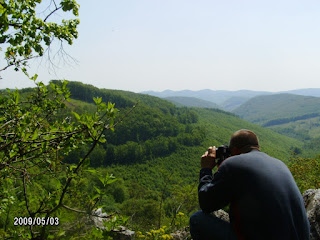.jpg)
The "őslucos" (old spurces) of Jávorkút is the first pine plantation of the Bükk. There are two native pines in the area: the juniper tree (Juniperus communis) and the yew tree (Taxus baccata). The oldest ones are older than 150 years.
Photos
hier.

.jpg)
.jpg)
.jpg)
.jpg)
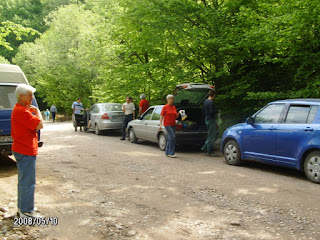.jpg)
.jpg)
.jpg)
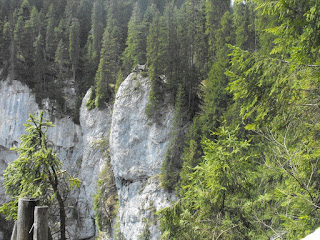.jpg)
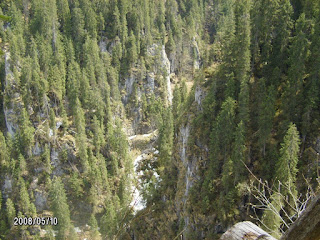.jpg)
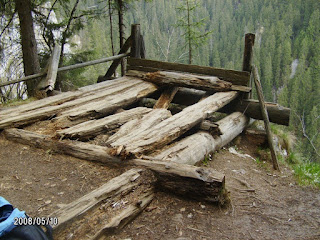.jpg)
.jpg)
.jpg)
.jpg)
.jpg)
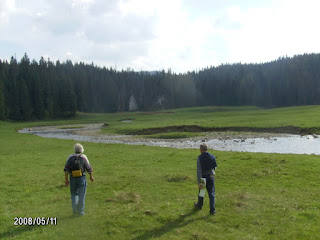.jpg)
.jpg)
.jpg)
.jpg)
.jpg)
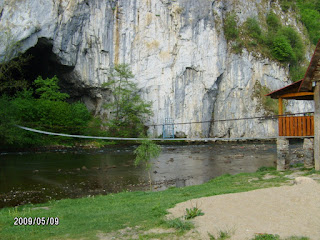.jpg)
.jpg)
.jpg)
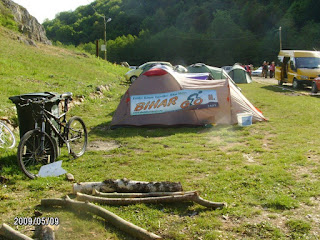.jpg)
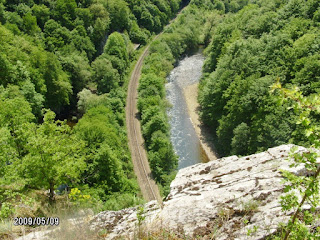.jpg)
.jpg)
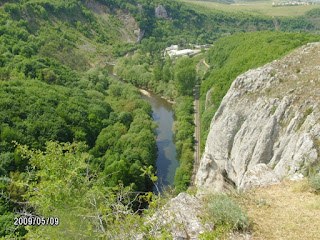.jpg)
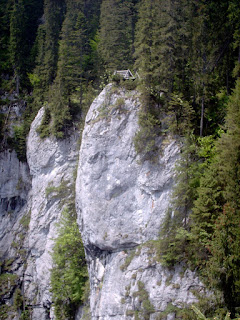.jpg)
.jpg)
.jpg)
.jpg)


.jpg)
.jpg)
.jpg)
.jpg)
.jpg)
.jpg)
.jpg)
.jpg)